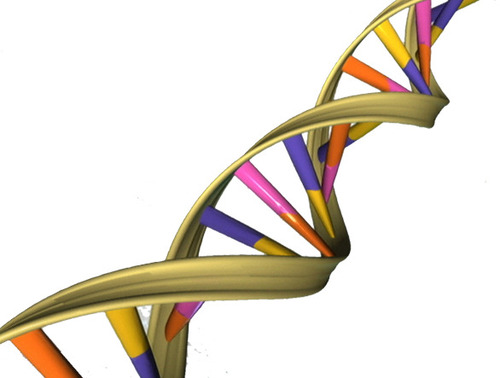If you like reading about philosophy, here’s a free, weekly newsletter with articles just like this one: Send it to me!
The book and the truth
In his book “The Double Helix,” James D. Watson, one of the two scientists who are mainly credited with the discovery, gives a funny, entertaining, sometimes breathtaking, and very memorable account of how he and his colleagues came up with the structure of the DNA molecule. I must have read this book over thirty years ago, and I still have a vivid memory of all the characters and major plot points.
Despite (or perhaps because of) the entertainment that the book is, it has been attacked from many sides. Francis Crick, the other half of the duo who discovered the DNA structure, said (Wikipedia) that the book was just a “contemptible pack of damned nonsense.” This is no wonder when one reads how Watson describes his colleague Crick at the very beginning of the book:
Although Watson acknowledges from the start that the discovery of the DNA had been the work of five people, Maurice Wilkins, Rosalind Franklin, Linus Pauling, Francis Crick, and himself, he goes on to paint his own contribution in a much brighter light than any of the others’. He is especially dismissive of the work of Rosalind Franklin, who was the only woman associated with the discovery, and who, unfortunately, died before she could be awarded a part in the Nobel prize that Watson, Crick and Wilkins shared.
James Watson’s own account of the discovery of the structure of the DNA molecule is an unforgettable science adventure story. Entertaining as much as it is controversial, it should be in the library of any person interested in the history of science.
Amazon affiliate link. If you buy through this link, Daily Philosophy will get a small commission at no cost to you. Thanks!
The scientist and the man
The discovery of the DNA structure led to what we today know as the field of genetic engineering and the ability of human beings to not only identify criminals through DNA tests, but also to detect hereditary diseases before birth, to create new crops that are resistant to diseases or that contain added vitamins and to perform a great number of other miracles.
But …
Read the full article which is published on Daily Philosophy (external link)








